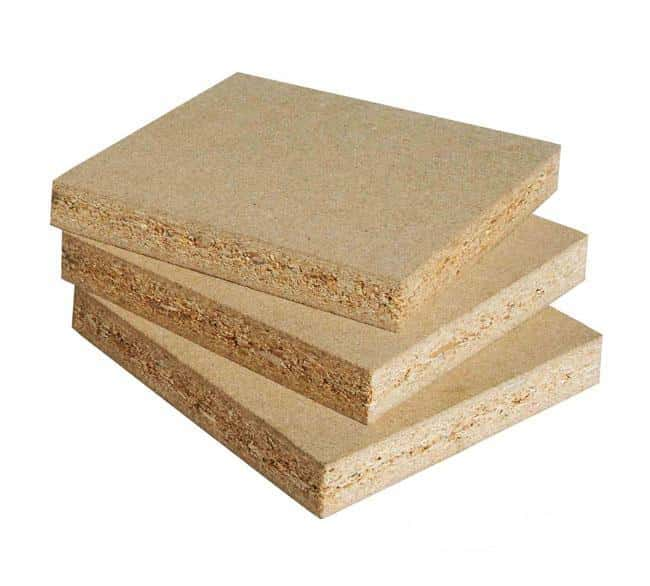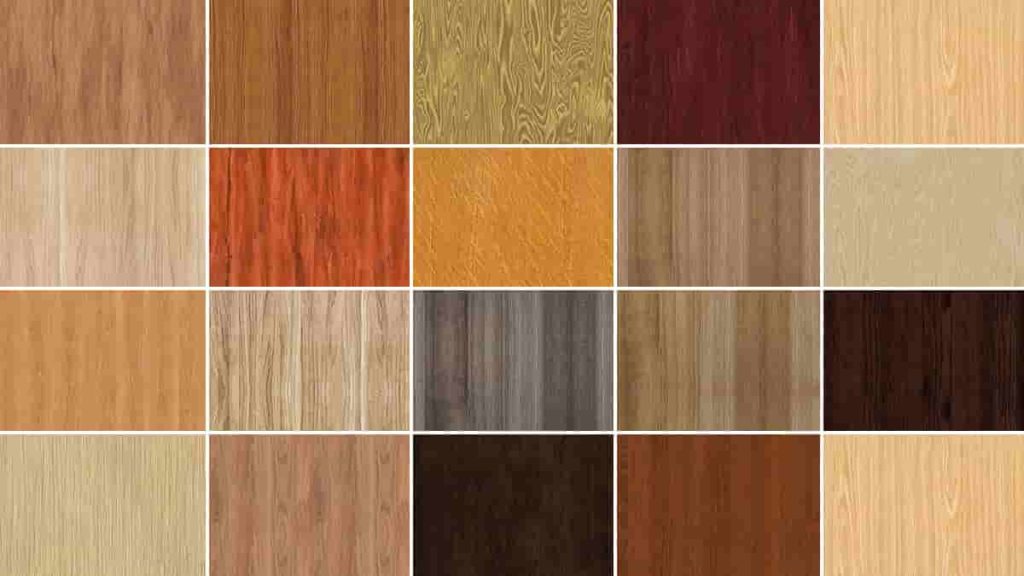Production process and performance characteristics
Particle board and plywood are both wood-based panels, but they are different in production process and performance characteristics, and suitable for different applications. Here are the differences between particle board and plywood:
- Production process: Particle board is made by mixing wood chips or other plant fibers with adhesives and hot pressing. Plywood is made by gluing multiple thin wood veneers together with adhesives and hot pressing.
- Performance characteristics: Particleboard has low density, low strength and poor durability, but it is cheap and easy to process. Plywood has high density, high strength and good durability, but the price is relatively high.
In general, particle board is suitable for applications that do not require high strength and durability, while plywood is suitable for applications that require high strength and durability. When choosing, you should choose according to your needs and budget.
Application field
Particleboard is suitable for making furniture, cabinets, partitions, etc. that do not require high
strength, such as shoe cabinets, bookshelves, etc. Plywood is suitable for making furniture, cabinets, partitions, etc. that require high strength, such as wardrobes, kitchen cabinets, etc.
Illustrate by example
It is suitable for cabinet doors and multi-layer board is suitable for cabinet bodies,
because particle board has a very smooth surface without any warping problems, which is very easy to be sealed and covered with film, so it is suitable for cabinet doors.Multi-layer board has good moisture resistance, corrosion resistance, load-bearing capacity, and good stability, so it is suitable for cabinet bodies.
Particle board are often called by other names, such as
-
Pellet plates
-
Chipboard
-
Fibreboard
-
Wood chipboard
-
Particleboard sheet
-
Particleboard panel
-
Wood-plastic composite board
Of course, the plates referred to by these names are often slightly different.



